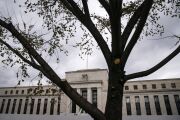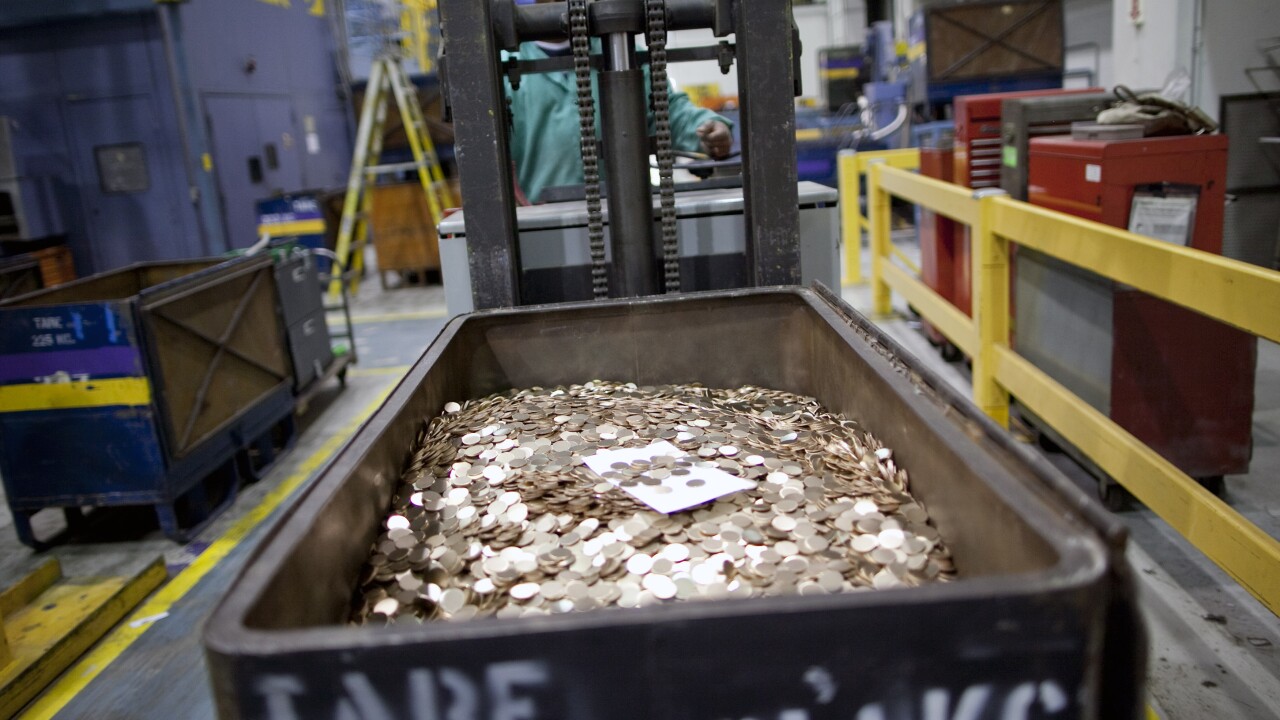
A funny thing happened last week: it's late on a Friday, and into my inbox pops a statement from Federal Housing Finance Agency Director Bill Pulte offering a statement on "reports" that Federal Reserve Chair Jerome Powell was considering resigning.
I won't quote the statement but suffice it to say it didn't illuminate much beyond what we already know about Pulte's view on Powell. But the effort to plant a rumor in the press via an official release from a federal agency represents an intensification of President Trump's longstanding effort to force, shame, bully or otherwise effectuate the Fed chair's departure.
I say this is Trump's effort, and it certainly is. But it has evolved from an occasional and somewhat quixotic social media hobbyhorse for the President into a broader concerted effort by his
Pulte's statement comes as Republican leaders in the Senate — including Senate Banking Committee Chair Tim Scott, R-S.C. — have opened a new front against the Fed chair, accusing him of mismanaging major and ongoing renovations to the Fed's headquarters in Washington. Scott and a handful of other committee Republicans said in a letter to Powell released ahead of his semiannual testimony before the panel that the renovations and their lavish appointments — again, attributed to unnamed news reports — represent a mismanagement of public funds at a time when many ordinary Americans are facing tough economic times.
"At the same time Americans are struggling to put food on the table, the Federal Reserve has been spending billions of dollars on the renovation of two of its offices in Washington, DC.," the letter reads. "Multiple media outlets have reported that these renovated buildings will include amenities that average Americans could never dream of, rooftop garden terraces, ornate water features, new elevators that drop board members off directly in their VIP dining suite, use of white marble rooftop Italian beehives. and a private art collection in the basement."
Whether the Fed's renovations are unacceptably lavish or not is of course a subjective question with no real answer. Federal projects have a very, very long history of
But before we get too caught up in whether this strategy of removing Powell might be effective and/or pass court muster, it's worth taking a moment to remember what exactly Trump wants and whether removing Powell gets it for him.
Before Trump was bashing Jerome Powell — even before he was president — he was
The problem with this theory of the case is that Federal Reserve chairs don't set interest rates — the Federal Reserve Board doesn't either. That job falls to the Federal Open Market Committee, which is composed of the seven Fed Board members and a
As it happens, the Fed board and voting FOMC membership is currently
In other words, the Trump administration's fixation on getting rid of Powell would not actually do much to lower interest rates in itself. To do that, he would have to replace the entire Fed board — most of whom are already inclined to his way of thinking on interest rates to begin with. Leaving aside the
But even if he did that, Trump might get more than just low interest rates as part of the bargain. The reason why the Federal Reserve's interest rate-setting function is designed to be so diffuse and consensus-oriented is to insulate politicians in power from
What the administration may not have sufficiently considered is that the Fed chooses its policies not to be mean, but because the central bankers try to foresee and seek to avoid worse alternatives. Even when global markets and the public don't agree with the Fed's choices, they tend to trust its motives. We will just have to see whether investors and businesspeople trust Trump the same way.






